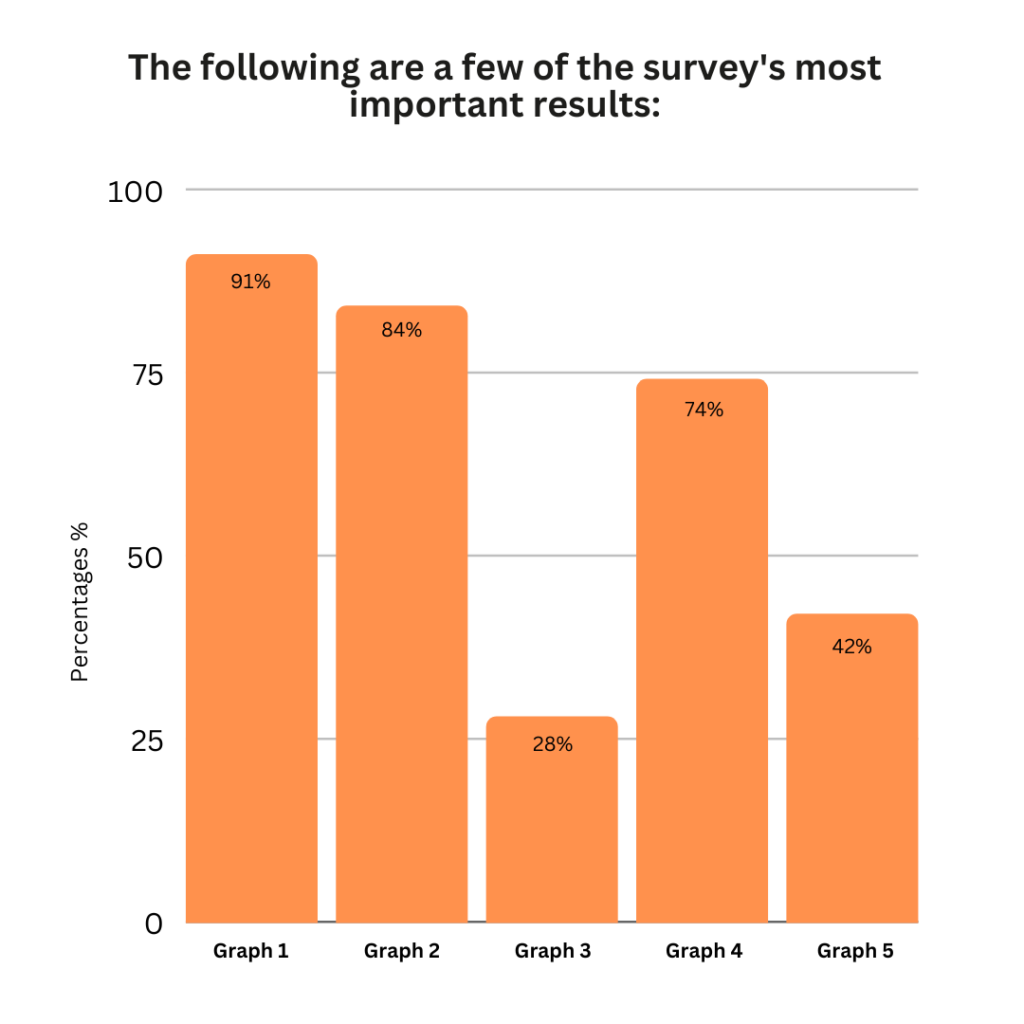
When you start out as a healthcare worker, all you want to do is save as many lives as possible. Sometimes, for reasons beyond your control such as gender, your skills may not be considered in the way you want. The NHS is a very forward looking organisation but there are always going to be a few areas in which it can improve. One of them being gender bias. It is normally perceived as bias against women in the workplace but it can also manifest as bias against male healthcare workers. For example, women may prefer female midwives in the gynaecology department. Male midwives can take up the job just as well and give women a comfortable experience if given the chance. Here is our blog on male midwives if you want some more information.
How prevalent is gender bias in the UK healthcare industry and how did it begin?
The roots of bias in the healthcare industry date back to the 1970s. It began when the Food and Drug association started promoting the exclusion of women who were in their child – bearing years from participating in early – stage clinical trials. They could not participate in Phases 1 and 2. The aim was to prevent the experimental drugs from affecting potential pregnancy. It banned any woman who could ever become pregnant from participating and not just pregnant women. This is where it all started and women have been getting excluded because of their child – bearing capabilities.
A survey was conducted by the British Medical Association to see how sexism affected women in the UK healthcare sector. It found that: –
- Graph 1 – 91% of women respondents had experienced sexism at work within the past two years
- Graph 2 – 84% of all respondents said there was an issue of sexism in the medical profession
- Graph 3 – 28% of men respondents said that they have/had more opportunities during training because of their gender, in comparison to 1% of women respondents
- Graph 4 – 74% of all respondents think that sexism acts as a barrier to career progression
- Graph 5 – 42% of all respondents who witnessed or experienced an issue relating to sexism in the past two years chose not to raise it with anyone

- Graph 6 – 61% of women felt they were discouraged to work in a particular specialty because of their gender, with 39% going on to not work in that specialty
- Graph 7 – 70% of women respondents felt that their clinical ability had been doubted or undervalued because of their gender, in comparison to 12% of men
- Graph 8 – 31% of women respondents experienced unwanted physical conduct in the workplace as did 23% of men respondents
- Graph 9 – 56% of women respondents had received unwanted verbal conduct relating to their gender as did 28% of men respondents.

Discrimination does not start against a specific gender, men and women both have faced discrimination. These results help bring the prevalent issue of gender bias and discrimination to light. The NHS has been working on taking a stand against it. They recognise the problem and take measures to eradicate it from the hospitals and staff working under it.
Examples of gender bias
A few examples as to how gender bias makes its way into the healthcare sector are: –
Workplace harassment, bullying and discrimination: –
A number of female workers in the healthcare sector have complained that they have often been passed over for many positions throughout the years. In 2020, a study was conducted of older women doctors and it was found that they had faced discrimination based on their age and gender repeatedly throughout their careers.
A 2019 study conducted by the British Medical Association on sexism discovered a culture of harassment and bullying against female staff in the healthcare sector.
Lack of women in leadership positions: –
A 2019 study found that a number of people view men as better leaders than women. This could be due to the fact that there is an underlying bias that they are more dominant. It is also said that people are more likely to take a man who is in a senior position more seriously.
These factors which are unproven and false often lead to women not getting promotions or a stable growth pattern in their careers as healthcare professionals.
Underrepresentation in medical research: –
70% of the world’s healthcare professionals are women. Despite this, women are heavily underrepresented in various medical journals and editorial positions. This limits the influence which women have on best practices and medical research. Globally, women occupy roles with less status and authority.
Even though matters are not as progressed as we would like them to be, a change is coming. Academic institutions are working to increase the representation of marginalised genders and women in their faculties. Strict policies are also getting enacted to prevent discrimination amongst staff.
How is the NHS trying to bridge the gap?
The NHS has been striving long and hard to put an end to the ongoing issue of gender bias. They have put in a lot of effort to start a number of campaigns which spread awareness about this particular social issue.
One such campaign is by the NHS trust in Herefordshire and Worcestershire Health and Care. They launched a campaign spreading awareness on the issue of gender pay gap. Their campaign is all about inclusion, no matter which gender, age group or ethnic community one comes from. Every person will be treated equally and will be judged only on skill.
Another campaign is called #BreaktheBias. This was an International Women’s Day campaign launched on the 8th of March 2022. Its goal was to make women aware that the NHS stands with them as a community and will support them in their fight for equality. It also signifies that they are making a lot of efforts to spread awareness among all of their hospitals and strive to eradicate the issue completely.
How to solve the gender bias crisis?
A few ways in which the NHS and healthcare workers can strive for change together are: –
Self advocacy: –
Healthcare workers can strive to take a stand for themselves. They can go out and speak up against the discrimination which they are facing. There are awareness programs available which encourage you to not comply with any decision which could have been taken by a senior due to underlying feelings of bias.
You can also go and report the healthcare professional or a senior who participated in discrimination to the Human Resources Department. Appropriate action will be taken against them.
Accountability and recognizing gender bias amongst staff: –
Hospitals can make an active effort to empanel outreach programmes. These programmes can be safe place for anyone who has faced discrimination to stand up and speak for themselves. Usually, people are scared of the negative repercussions which they could face. Senior healthcare professionals could take undue action against them. Programmers can reassure them that speaking out will ensure nothing happens to their jobs.
Strict action must be taken against those who participate in the discrimination. Seminars and talks can be conducted in hospitals to spread awareness about the problem. Hospitals should be held accountable for bias being prevalent in them and must recognise the problem. Only then can appropriate action be taken.
Conducting more research involving men and women: –
There should be an equal number of men and women in a research study. Women should be kept as participants in more male centric departments such as orthopaedics. Men should also be made to participate in studies of departments such as gynaecology.
This will result in all healthcare workers being represented equally in medical research of all departments. More opportunities will open up and both women and men can get chances to expand their careers in different departments.
Ending notes: –
We are all aware that gender bias is a common problem in today’s society. It is prevalent in the healthcare sector as well as other professions. The important thing is that awareness be spread about the problem and solutions be brought into effect.
The NHS has recognised the problem and is on the road to eradicating it from its hospitals. They strive to make all of their hospitals inclusive places for everyone. Careers should grow in these hospitals, not get stunted and diminish eventually because of something like gender.
We at Mylocum pride ourselves for being an all – inclusive and open agency. Being one of the UK’s leading healthcare recruitment agencies we work with the NHS and strive to place you in a hospital which is as inclusive as we are. Work your own hours and watch your career grow and flourish with us. We have vacancies available all across the UK. Register here immediately.
